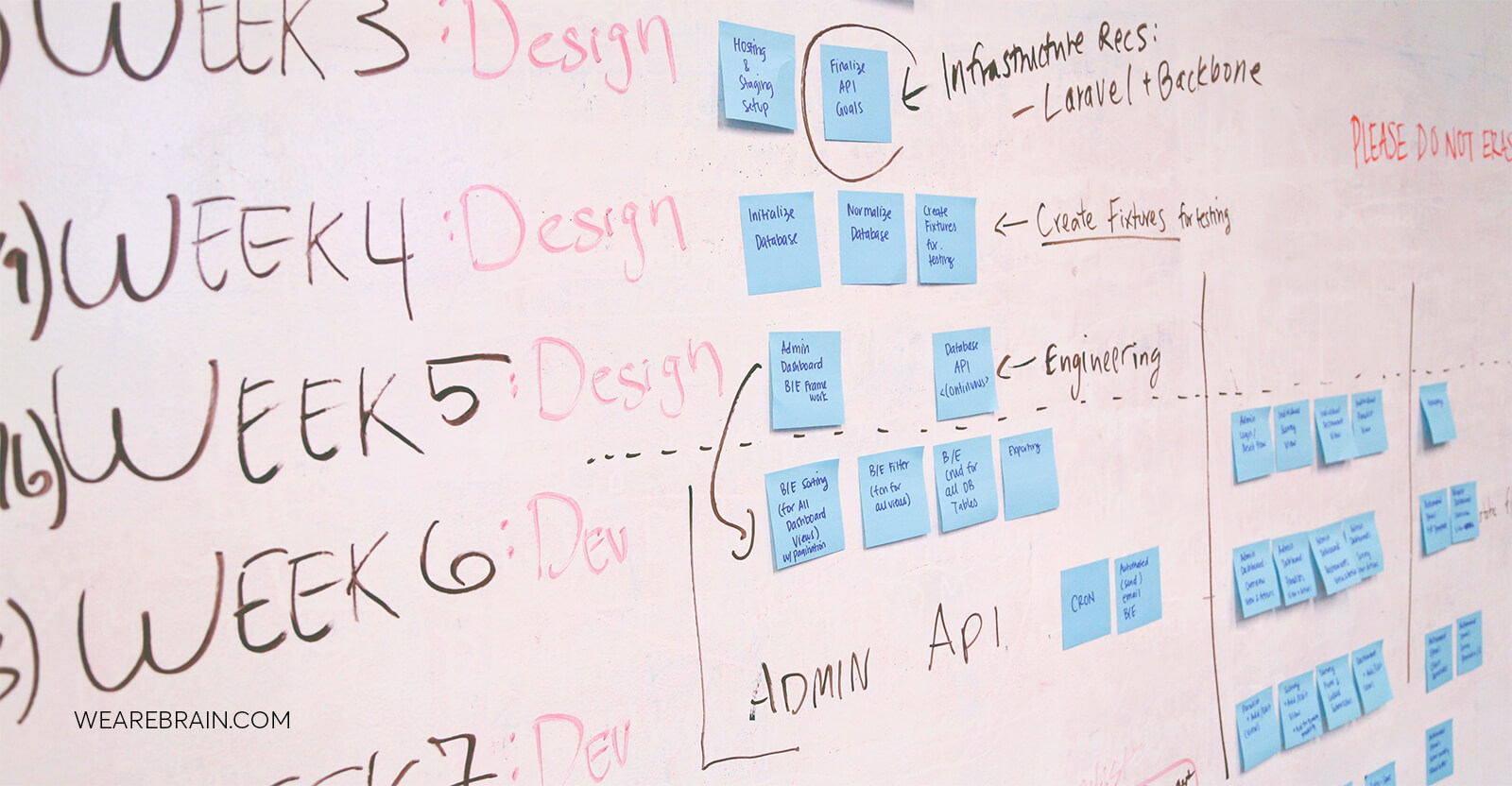Project management essentials

Project management has evolved greatly in recent years as today’s projects are more complex and teams are far bigger than what they were 10-15 years ago. For context, the global e-commerce market wasn’t a thing for project managers to think about a few decades ago, yet e-commerce project management is almost a prerequisite for new PMs today. This is largely due to the explosion in artificial intelligence and automation capabilities, allowing us to tackle more complex tasks in a much shorter time. As the global business landscape changes, so must the sum of its parts.
With new tools and tech readily available for adoption everywhere, every day, the role of today’s project managers needs to be able to pivot in any direction in response to evolving businesses and technological landscapes. Simply put, using old approaches to a discipline now governed by digitisation and human management is not going to cut it. With new technologies and leadership methodologies coming to the fore, the project managers of the future need to adapt to the times to stay ahead of the competition.
Here is our list of 3 important factors helping to redefine the role of project management in the age of artificial intelligence and automation.
PMTQ is key
A major factor in determining a business’s digital sustainability is the ability of project managers to understand, identify, and utilise new technologies in projects in effective ways. PMI’s Pulse of the Profession 2019 report defines PMTQ (Project Manager’s Technology Quotient) as ‘a project manager’s ability to adapt, manage and integrate technology based on the needs of the organisation or the project at hand’.Businesses need to be able to navigate through constant changes and iterations in technology and PMs are tasked with steering the ship and charting new courses when disruptions occur. It is therefore essential that businesses take their project management team’s technology quotient seriously. Devoting time and resources to training and development of project managers’ TQ as it has the power to leverage projects in unprecedented ways. A business’s PMTQ can mean being on the cutting edge of tech adoption and implementation, or failure to keep up with the times.
According to PMI’s report, businesses who have taken early adoption of innovative and disruptive technologies haven’t yet witnessed the yields they initially promised. This isn’t an issue with the tech. It is an issue regarding the lack of ability of people – mostly project managers – to be able to understand and utilise the technology as a whole, let alone use it in new and effective ways. So the problem is human, not a tech one. This is where PMTQ comes in.
Project managers armed with a high technology quotient are able to understand the key role of technologies. They must remain on the lookout for the emergence of crucial opportunities presented by new technologies impacting every aspect of projects, from conception to completion. A must-have for all PMs is the ability to manage both technology and people – as in today’s world, these are becoming increasingly less mutually exclusive.
A good way to ensure the success of future projects is for PM’s to hire people who have similar capabilities to create more informed, digitally savvy tactile teams. According to PMI, ‘the best practice is to combine PMTQ with IQ and EQ – the human skills that add insight and value to technology. In other words, don’t just prioritize digital knowledge and skills: commit to a strong project management culture.’
Expanding the PM’s skillset
The continuous arrival of new tech opens up fresh opportunities for different approaches to project management. Prior to the AI explosion, project managers would select a methodology they knew well and adapted the project to suit the methodology. This was fine in the early days when projects called for well-defined processes and parameters. When projects became increasingly complex, project managers often resorted to makeshift solutions which didn’t always serve a higher purpose.
We now know that this is a highly limiting approach in today’s world where there seems to be a new piece of tech and methodology created specifically for each new project. The most popular project methodologies seeing widespread adoption are Agile, Scrum, and Waterfall (among many others). But PMs of today must be careful not to make the same mistakes of the past by being rigid in their approach to project management methodologies.
Today’s PMs need to be highly flexible and adaptable to disruptions as and when they occur. In this instance, a PM’s flexibility must manifest in the form of expanding their repertoire of project methodologies with the ability to pick and choose elements of each according to each project’s demands and requirements. A one-size-fits-all approach lacks longevity and scalability in the world of successful project management. Businesses now require PMs to have experience in all the major project methodologies in order to anticipate and adapt to change when it presents itself. Therefore project managers need to be agile and able to adopt any methodology when the need occurs. With the rise of more complex projects now and in the future, the demands of a versatile and agile project manager will mean the difference between staying competitive or falling behind.
Fully embrace technology
Artificial intelligence (AI), machine learning (ML), the internet of things (IoT), and big data are the major catalysts for the exponential digital transformation sweeping the globe. In order to stay ahead, PMs must be able to absorb each fundamental aspect of these technologies as second nature in order to be able to yield their impact.
This doesn’t mean that PMs need to be able to write multiple lines of code or synthesise big data over their lunch break (although there are PMs who wear many hats much to the success of their projects). It means having more than a basic understanding of the technologies, their uses and their potential impact for disruption that will hold teams in good stead. Staying ahead of the curve to anticipate disruptions to pivot or to weather the storms. When PMs understand these technologies and their capabilities, they will be able to decide which tech will suit different projects with different outcomes.
Think of it like this: having a chef who is great at preparing Italian food is all good and well when there is only one choice of restaurant in town. But when different restaurants keep popping up and taste pallets change, you want a chef who has enough exposure and experience to prepare any dish, using the best possible ingredients, to get the food to the table the quickest. The point is, PMs need to be able to leverage the power of AI, ML and big data to stay competitive.
Summary
The emergence in need of these crucial abilities in project management shows that the level of project and team complexity is gaining momentum every day, so businesses are looking for a holistic approach to the field. New tech brings equal parts disruption and opportunity, and project managers need to be well-versed at sniffing them out.
The increased scope of work itself is demanding to all departments, but project managers will feel the full weight as they are on the front lines of seeing how new technological adoptions play out in real-world scenarios. What is clear is that not only is a technologically savvy approach to project management the new normal, a mental mind shift in fortitude is required to tackle the ever-changing landscapes. PMs need to be mindful that their role entails managing people and technology at the same time while navigating through undefined parameters of new technological disruptions. Steering the ship into uncharted waters will have its fair share of danger, but equally, it will have its share of opportunity.
Tanya Lyabik
Working Machines
An executive’s guide to AI and Intelligent Automation. Working Machines takes a look at how the renewed vigour for the development of Artificial Intelligence and Intelligent Automation technology has begun to change how businesses operate.







